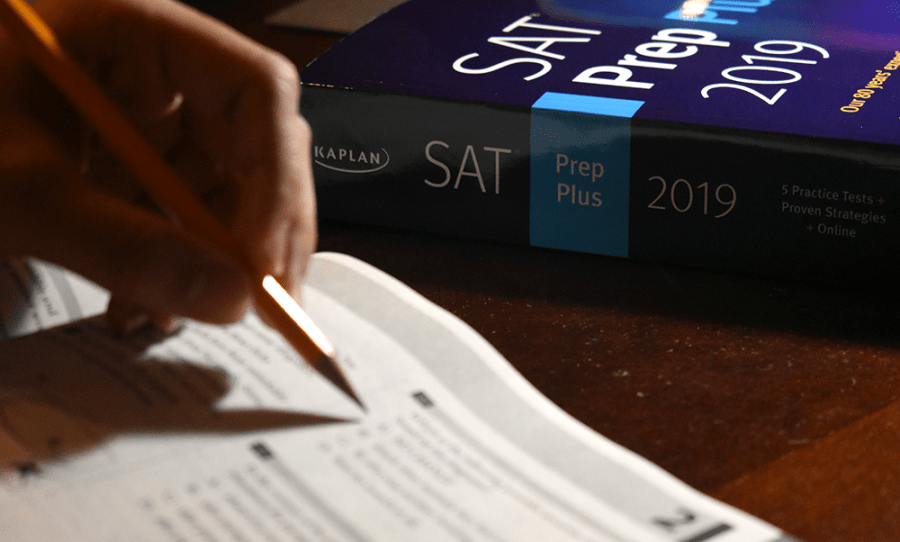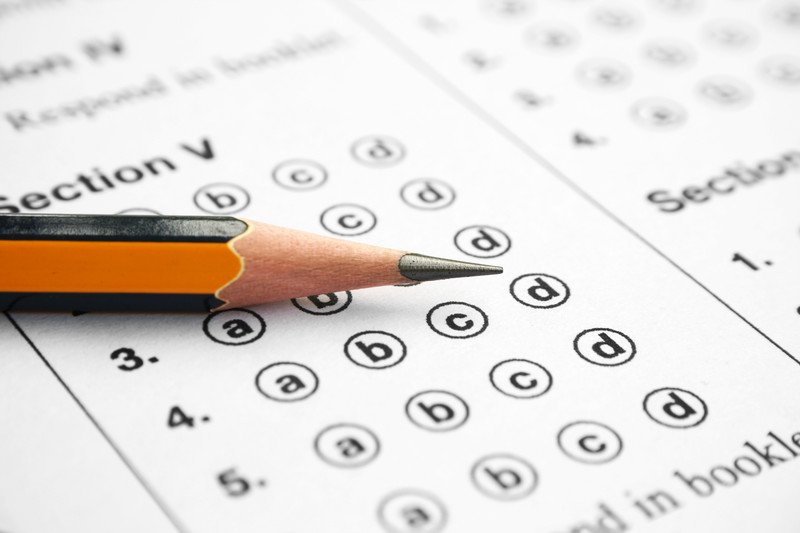
Growing up, many of us first hear this term said with a strange mixture of dread, caution, and reverence. Nowadays, taking the SAT is almost a rite of passage and the students preparing for the test treat it with a life-or-death mentality. Everyone seems to have some fail-safe method to ace the SAT, the only problem is that one person’s advice appears to contradict the other’s.
Fret not, prospective college student! You are already on the right track! Choosing to study for the SAT over the summer gives you the optimal amount of preparation time (around three months). We know what it’s like to stand at the shore of the tumultuous ocean that is the SAT. We’ll help you build the perfect boat for you to get to the other side alive and well.
Here are five tips to keep in mind when constructing an effective summer SAT study plan.
1. Get Familiar with the SAT
Here’s a quick rundown of the SAT.
The SAT has two sections—the Math section and the Evidence-Based Reading and Writing section. Each section has a total of 800 points, meaning that a perfect score on the SAT is 1600. The lowest score you can get on either section is 200 points. This means that the lowest score on the test is 400.
The SAT also has an optional essay section. Three separate categories of a total of 8 points each comprise the essay score. These subscores result in a total essay score of 24 points. The SAT scores the essay separately and while it is optional, most universities recommend taking it.
Now, all of this information can be a little overwhelming. Here’s a detailed summary of the SAT structure:
Finally, most questions on the SAT are multiple choice with four options, excluding the few grid-ins or “student-produced responses” that require the student to calculate the answer and then grid it in a specific section of the scantron. These grid-ins are found toward the end of the math sections. There are no penalties for choosing the wrong answer so it is essential to answer every question.
2. Take a Diagnostic SAT Test

Next, find a diagnostic test online. There are a lot of full-length, practice SAT tests out there but recognizing which tests are accurate representations of the actual SAT can be difficult. Go for the official CollegeBoard SAT practice tests. Khan Academy’s SAT preparatory program offers official SAT practice tests online for free. An effective SAT study plan will have a diagnostic test early on to help you evaluate what areas on the SAT are your strengths and weaknesses.
Moreover, taking a diagnostic test early on will allow you to understand what type of result you will score without any studying. Of course, you probably have a target SAT score. After taking the diagnostic test, reassess your target score. According to CollegeBoard, the official SAT improvement statistics for the class of 2018 shows that on average, a student who spends 20 hours effectively studying for the SAT increases their score by 115 points between two tests!
3. Know the SAT Formula
Believe it or not, this tip is not as obvious as it seems. Many students delve into studying for the SAT without really examining the structure and content of test first. Why should you waste precious hours of studying to looking into the topics and types of questions on the test? A lot of students believe that this type of information will come up naturally while studying. This is true. However, these students are not effectively studying. Familiarizing yourself with the test before studying will ensure that you know every type of question that will come up on the test. The SAT has its own manner of asking questions with specific keywords that indicate what sort of answer will be correct.
As a result, an effective SAT study plan focuses on each type of question you encounter in each section. The SAT has a formula that it follows without fail. Dedicating time to learning the formula will make studying go faster and will bring a better end result.
4. Spend Time on Important Topics

While pinpointing your weaknesses on the SAT is essential, do not overlook your strengths. You can allocate more time towards topics and question types that you need more improvement in. However, this does not mean you should ignore the other topics and question types that you are confident with.
Ensure that you spend an adequate amount of time on each and every topic on the SAT. Doing consistently well in the Evidence-Based Reading and Writing section does not mean that there are no areas where you can improve. You can always improve until you get that perfect 800 on that section!
Of course, you still need to maintain that score. Subsequently, an effective SAT study plan will dedicate time to all the important topics—including your best ones.
5. Make Room for Practice SAT Tests
Finally, one of the most important aspects of an effective summer SAT study plan is taking full-length, practice tests. Answering questions and focusing on topics in short bursts of time during the week are still important ways to study. However, the SAT is not a 100-meter dash; it is closer to a marathon. In other words, since the SAT is a three to four hour test, it requires stamina and pace to succeed.
Therefore, taking full-length, practice tests are a great way to build stamina and form a strategy to take on the SAT. We recommend at least two practice tests, each at the end of the month. This will give you a steady understanding of your progress, allow you to reassess your study plan, and consequently shift your focus on weak areas in your preparation.
That’s all you need to succeed on the SAT?
These five tips will only help you succeed if you stick to your summer SAT study plan. Designate times during the week where you can reasonably study every week without fail. Self-studying for the SAT requires a lot of self-motivation and discipline. If you think you need tutoring to help you with your summer SAT study plan, consider SAT prep programs or tutors in your neighborhood who can help you stay on track with your preparation.
Good luck with studying! We look forward to seeing you build your boat and cross to the other side of the ocean!